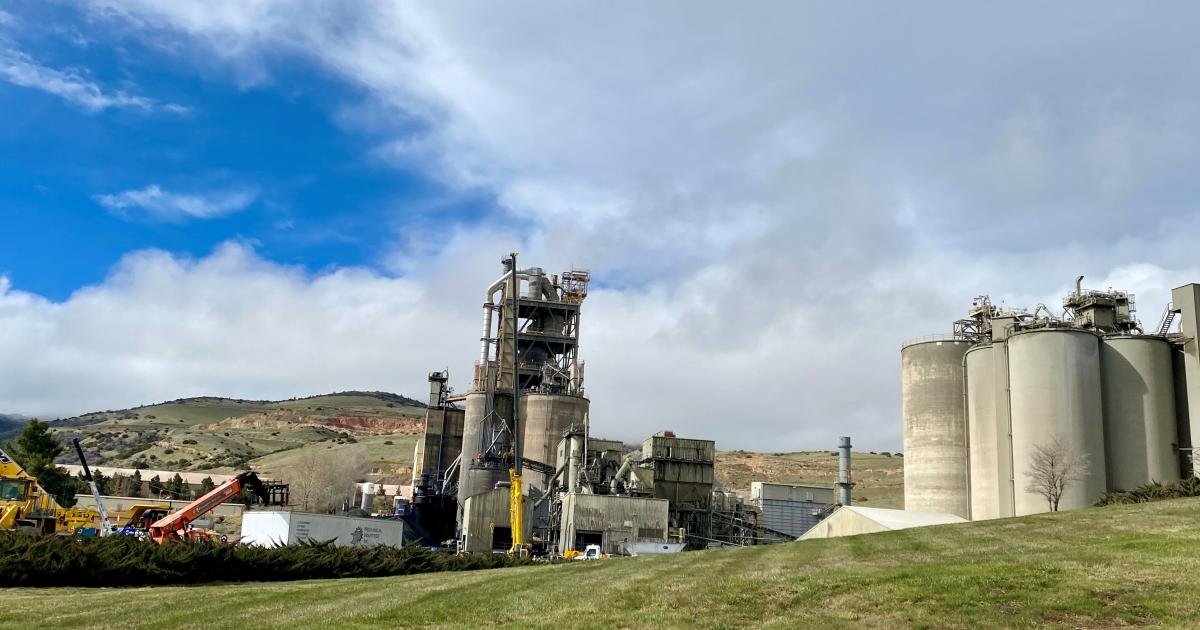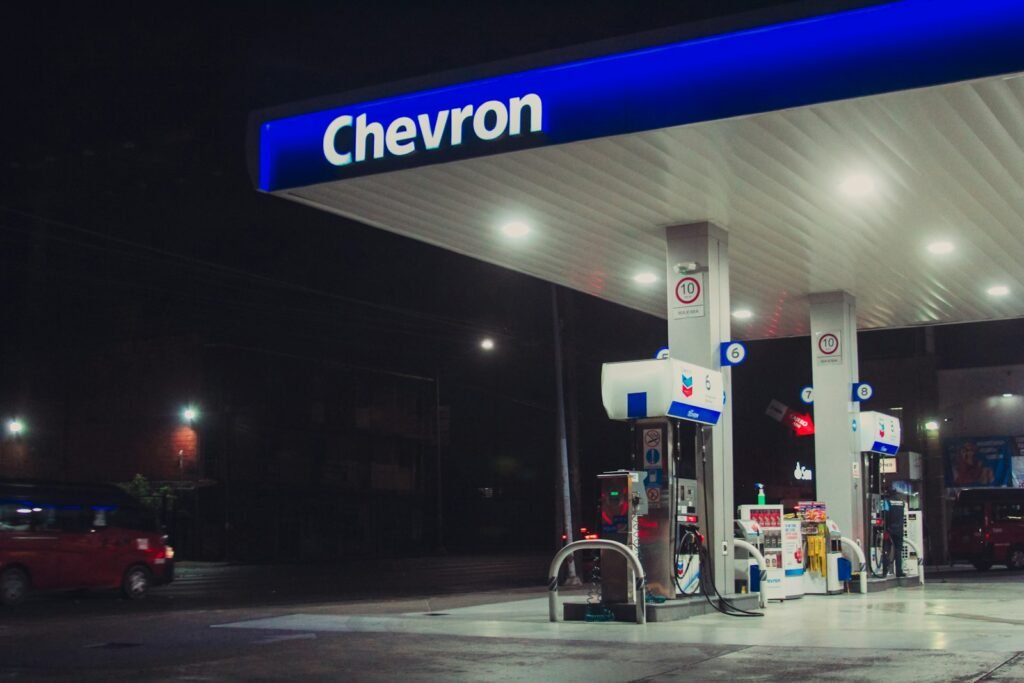From NRDC
The federal government announced the most significant investment in curbing greenhouse gas emissions from heavy industry last month. The U.S. Department of Energy’s (DOE) Office of Clean Energy Demonstrations (OCED) will give 33 projects up to $6 billion to demonstrate technologies that decarbonize the production of steel, cement, aluminum, and other materials with carbon-intensive production processes.
Two innovative California-based cement companies were central to the announcement, securing award negotiations for nearly $700 million in funding to demonstrate decarbonized cement production processes. Successful adoption of such technologies will be crucial to meeting California’s zero-emission cement law, SB 596, which requires all cement used in the state to be net-zero emission by 2045.
Novel cement production processes: $189 million for Brimstone’s technology
Brimstone was selected for negotiation for an up to $189 million award to build a commercial-scale facility that will demonstrate the start-up’s novel technology at scale for the very first time. Brimstone has developed a new cement production process that uses a different source rock to produce the same ordinary Portland cement that has been used for the past 200 years. Instead of limestone, CaCO3, Brimstone’s process uses calcium silicate rocks like basalt. Brimstone turns the calcium silicates into CaO to produce the same product as conventional cement plants, but without CO2 process emissions inherent in incumbent cement production processes.
Retrofitting existing cement plants: $500 million to retrofit National Cement’s facility
National Cement, which operates a cement plant in Lebec, California, was the other big California project highlight, securing an award negotiation of up to $500 million to decarbonize its existing plant. In operation since the 1960s, the plant has supplied southern California markets for decades and its owners have recently begun investing in technologies to reduce emissions. Their OCED application included a suite of emission-reduction technologies that address emissions at each step of the production process.





